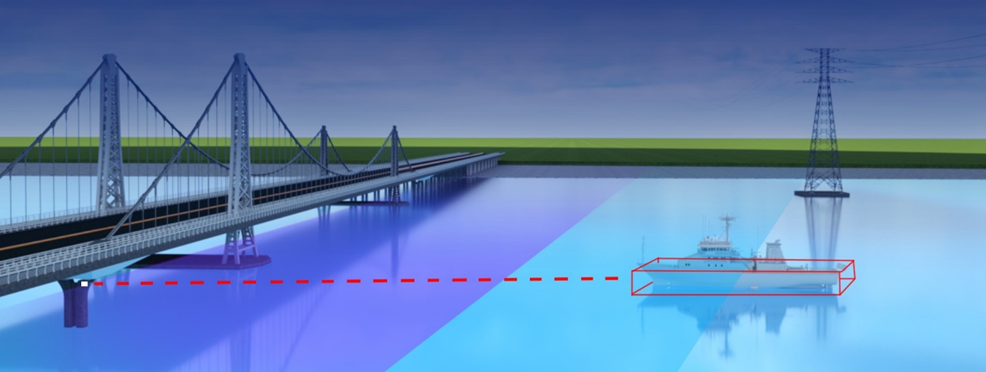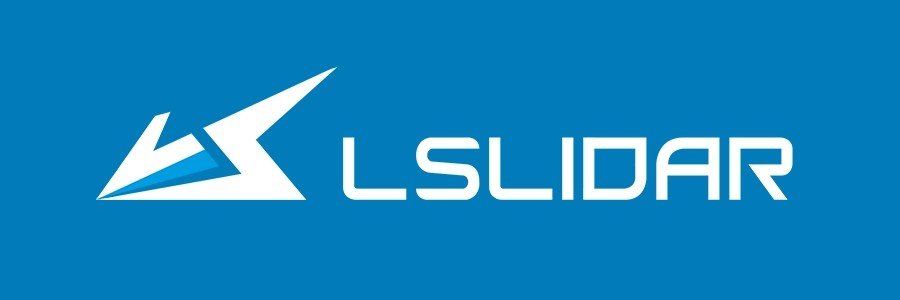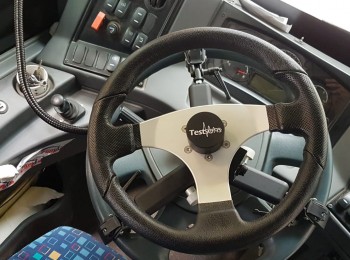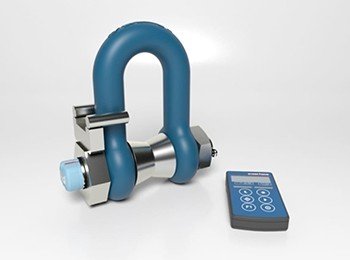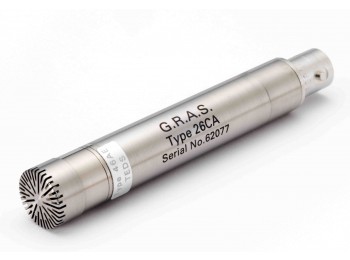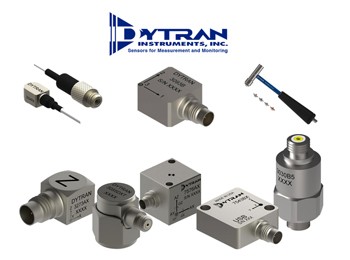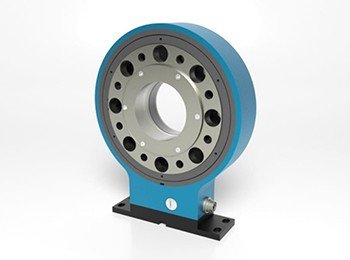Auto-grade Hybrid-solid State LIDAR
It is the category of lidar, which emerged from the combination of mechanical solution and MEMS technology and designed as embedded type, considering its applicability in the automotive industry. Thanks to the advantages of MEMS technology, mechanical-based losses have been minimized, the life span of the product has been increased and the product cost has been reduced. 3D LIDARs have two different movements, horizontal and vertical;
Horizontal: In Auto-Grade Hybrid-solid state LIDARs, horizontal movement allows the lasers to be emit to the right and left by the brushless motor moving the optical mirror.
Vertical: LS LIDAR Auto-Grade Hybrid-solid state LIDARs powered by MEMS technology. The MEMS LIDAR system uses small mirrors whose tilt angle changes when a stimulus such as voltage is applied. The MEMS system replaces mechanical scanning hardware with its electromechanical equivalent.
It is especially used in autonomous vehicles with the advantages of its high resolution and embedded type design. It is also preferred because of its resolution in V2X solutions, rail systems and 3D security applications.
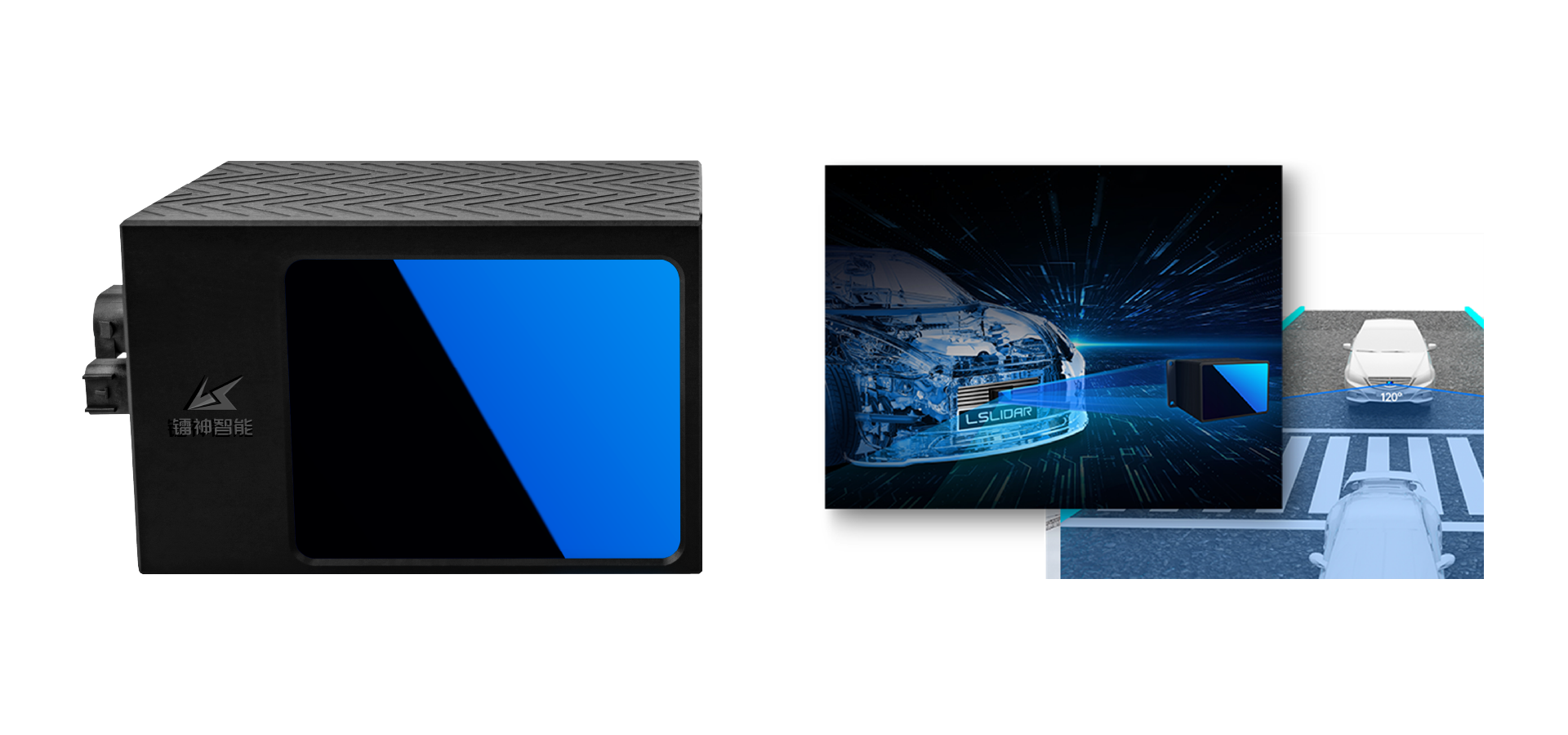
- 128 beams
- 120H 25V FOV
- 0.2°H 0.125°(ROI)
- 200m Range(160m@10%)
- 760.000 pts/s
Multi-line mechanical LIDAR
Multi-channel mechanical LIDARs are multi-channel and 3-dimensional sensors. It provides scanning movement both vertically and horizontally with the motor. Horizontal fields of view can reach up to 360°. It is preferred in autonomous vehicles, mapping applications and multi-robot solutions by coming to the forefront with its high resolution and fields of view.
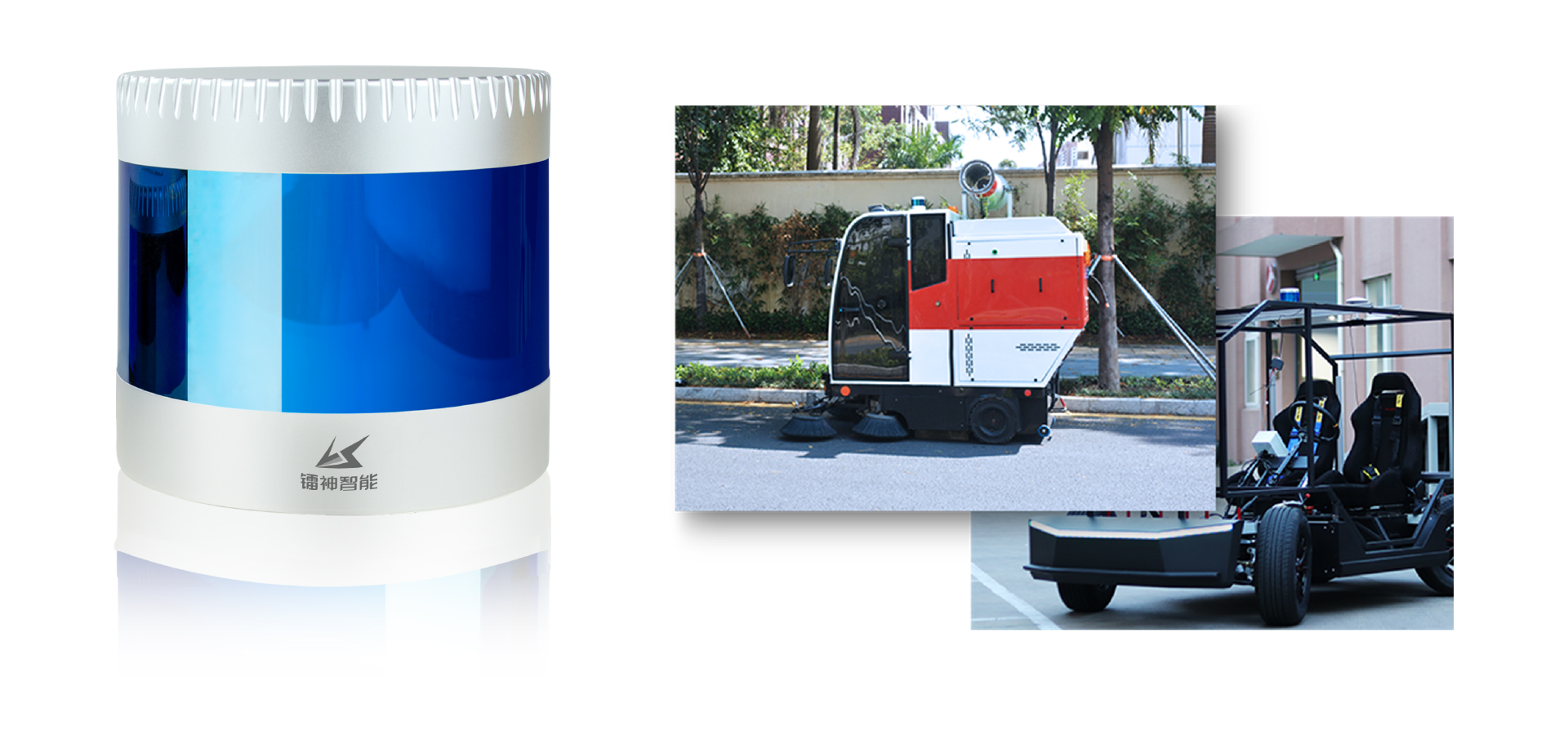
- 32 Beam
- 200m Range
- 360H 31V FOV
- 0.1°H 0.33°V(ROI) Resolution
- 600.000 pts/s


Mapping LIDAR
They are LIDARs designed for mapping with aircraft over large areas. Highlights are its FOV and range. With a high range of up to 2000m and a wide FOV of up to 120°, it provides high resolution and accurate mapping in large areas.
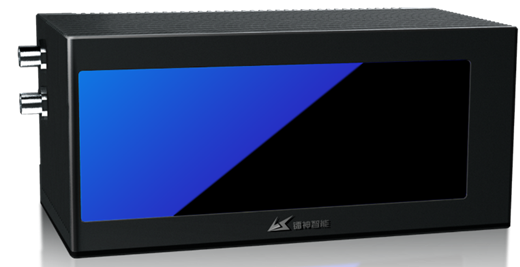
- 2000m Range
- 667.000 pts/s
- ±2 Accuracy
- Up to 60hz Frequence
- 4 Beams
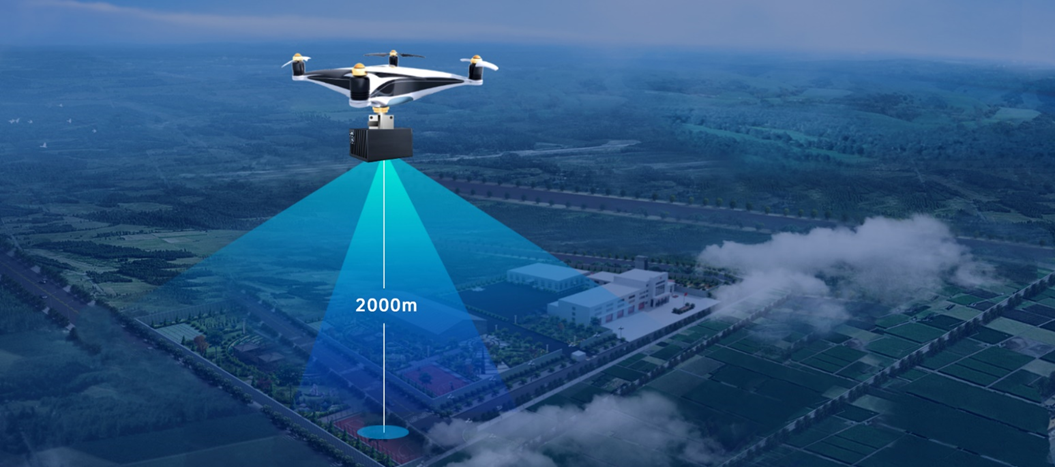
TOF Single Line LIDAR
They are single laser and 2D LIDARs. There is only one movement provided by the motor in the horizontal direction. Often used for tasks such as 2d mapping, obstacle detection or obstacle avoidance in robotic solutions of limited size.
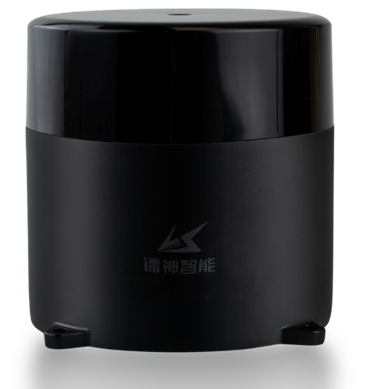
- 360° Horizontal Scanning
- 20.000 pts/s
- 0.18° Horizontal Resolution
- Durability to High Schock and Vibration
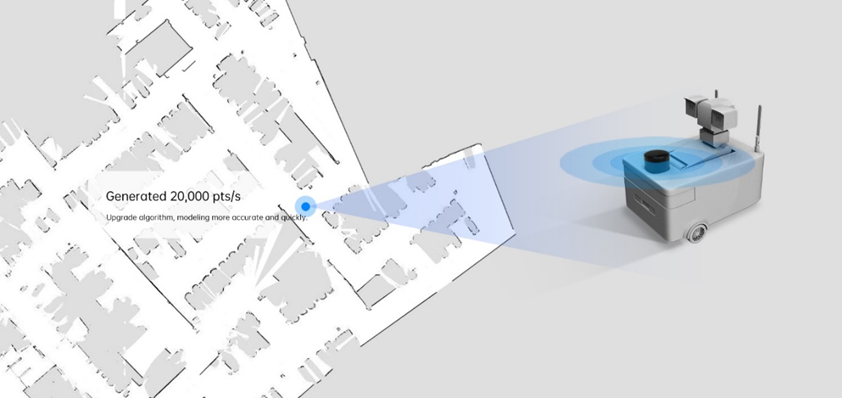
Long Range LIDAR
Low resolution and less accurate scanning compared to other lidars is performed at distances up to 2000 meters. Therefore, it is generally preferred to avoid collision in marine vehicles.
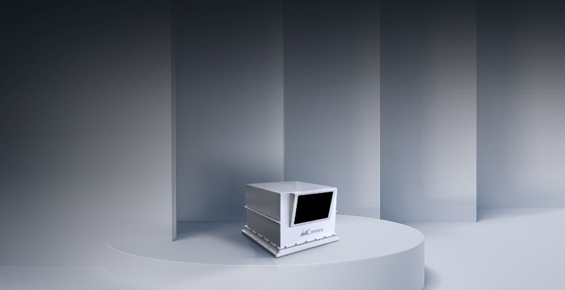
- 1.000 pts/s
- ±15 Accuracy
- 10m-2000m Range
